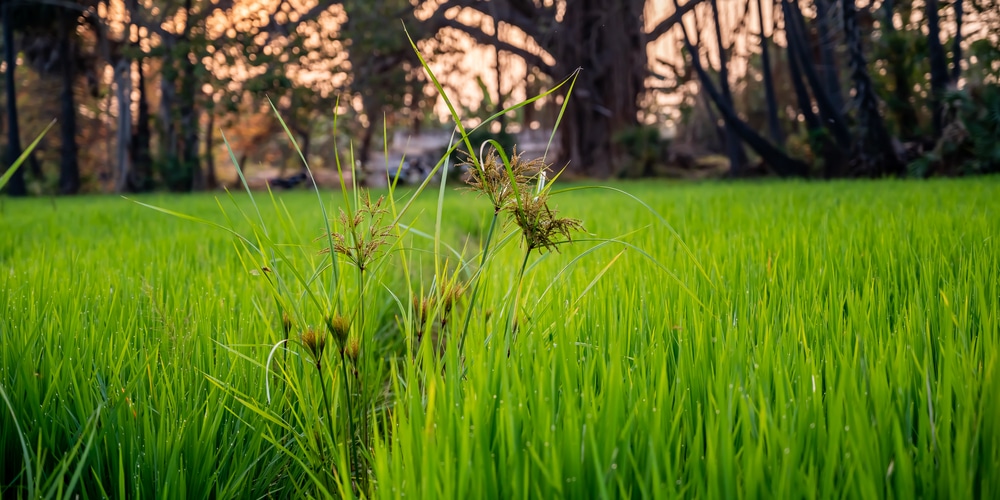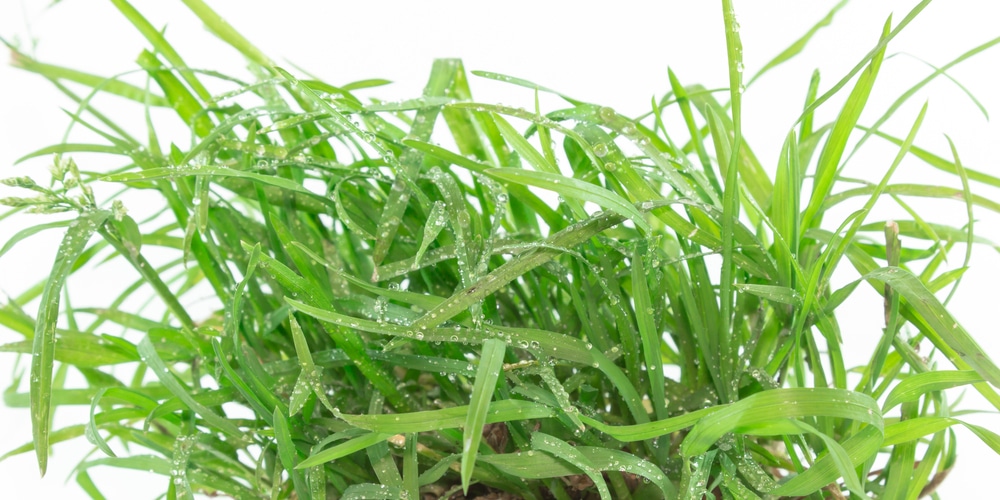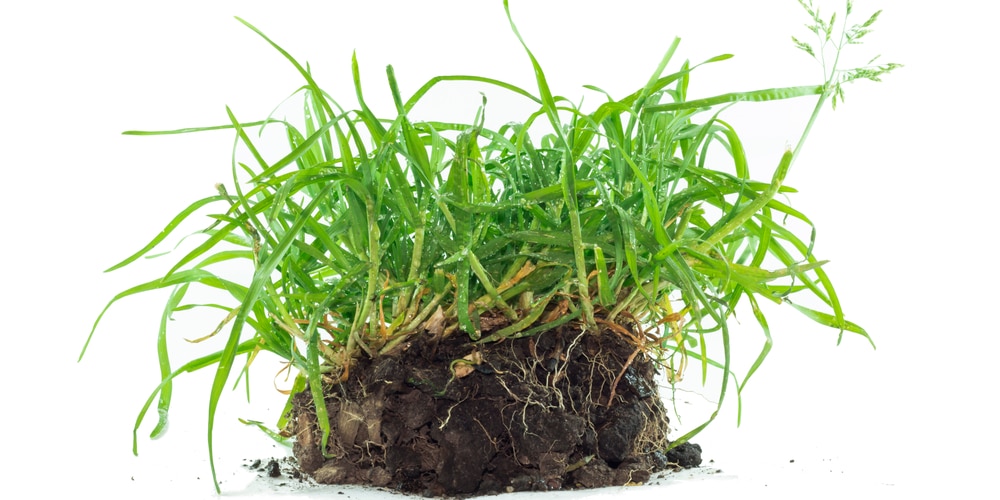Are you noticing a different type of grass popping up in patches on your lawn? Grassy weeds are a big obstacle when it comes to maintaining a healthy, beautiful lawn. They stand out, messing with the overall appearance of your lawn.
If you have a grass weed standing taller than the grass in your lawn, nutsedge and quackgrass are likely to be the culprits. These grassy weeds look very similar, which makes it easy to confuse them. The most annoying thing about them is that they are notoriously difficult to get rid of once established.
The ability to identify nutsedge and quackgrass and differentiate each from the other can help you know which weed you are dealing with. Further, this can help ensure you use the right weed control measure to eliminate the grassy weed you have. This post will cover the nutsedge vs. quackgrass, discussing their similarities and differences.
Nutsedge: What does it look like?

Nutsedge, also known as nut grass, is a perennial weed that commonly invades lawns. It grows relatively faster than most turf grass, causing your lawn to look uneven, even a few weeks after mowing. What is particularly frustrating about nutsedge is the immersive root systems that make it notoriously hard to get rid of.
As for identification, these tenacious, aggressive weeds have a triangular stem — the nutsedge key identifying feature. You can feel the edges of this nutsedge in your hands.
Nutsedge weeds grow faster and taller than typical grass, and you will often find three leaves at the end of their stem. In summer, they outcompete heat-challenged lawn grasses for water and nutrients, making your lawn unsightly. Their shiny, smooth leaves tend to form a “V” shape and have distinct center ribs, which eases identification.
Yellow nutsedge and purple nutsedge are the most common types of nutsedge found in yards across the US. Their key difference is the color of blooms and flowering time — at maturity, nutsedge weeds produce strange, spike-like flowers that may release seeds.
Notably, all varieties of nutsedge could be identified by their root systems. Their roots, known as rhizomes, grow horizontally and usually have small, starchy tuber-like nutlets attached at their ends. Depending on the variety invading your garden, you may notice single nutlets or rows of nutlets. Most nutlets are found within 6-10 inches below the soil surface. Nutsedge nutlets will emerge, producing new nutsedge plants.
Quackgrass: What does it look like?
Quackgrass is a tough, cool-season perennial grass that afflicts many yards. It has a very deep root system with rhizomes, which keep it coming back year after year. However, it is best identified by its distinctive claw-like auricles. Auricles are the structures that wrap around the stem towards the top of the sheath.
Quackgrass auricles usually clasp the stem tightly.
These fast-growing, grassy weeds have long, wide blades that are smooth below and variable from smooth to hairy above. Right at the end of the leaf, which hooks up to the stem, there are finger-like projections that indicate you are specifically dealing with quackgrass.
Notably, quackgrass seedlings have dark green leaves and appear reddish near the soil. Their sheaths may have short hair. Upcoming rhizomes are very sharp, which can be a serious threat to potato growers.
At maturity, quackgrass produces narrow spikes, between 2-8 inches, with seeds arranged in rows.
Nutsedge vs quackgrass
Nutsedge and quackgrass are undeniably tough grassy weeds that gardeners and homeowners have to deal with. They grow very fast compared to most lawn grasses, making lawns unsightly and uneven. Because they are perennials, identifying these weeds at the seedling stage could help in getting rid of them.
Well, nutsedge weeds are best identified by their triangular stems and usually have tuber-like nutlets along their rhizomes. On the other hand, quackgrass has distinct auricles and pretty sharp, fleshy rhizomes.
Of significance, hand pulling any of these grassy weeds is largely ineffective in controlling them. Pulling nutsedge weeds out leaves their nutlets in the ground, where each nutlet sprouts into a new plant. Quackgrass behaves pretty the same because each rhizome readily regrows into a new plant.
Nutsedge vs Quackgrass: Conclusion
If you have a pretty confusing grassy weed in your lawn, it is likely that nutsedge or quackgrass has infested. Hopefully, this post will help you identify the weed you are dealing with. Whether it is nutsedge or quackgrass, consider weed killers that are explicitly for eliminating nutsedge or quackgrass.

